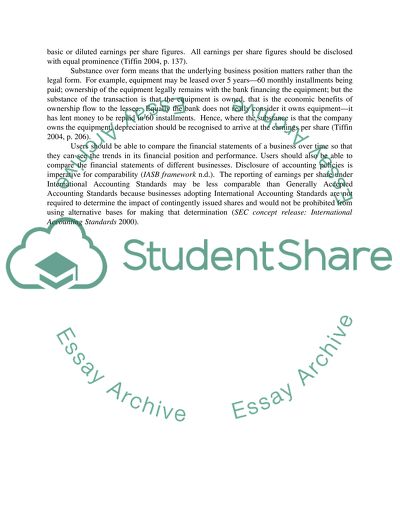Cite this document
(“Frosted Plc Essay Example | Topics and Well Written Essays - 3000 words”, n.d.)
Retrieved from https://studentshare.org/miscellaneous/1528904-frosted-plc
Retrieved from https://studentshare.org/miscellaneous/1528904-frosted-plc
(Frosted Plc Essay Example | Topics and Well Written Essays - 3000 Words)
https://studentshare.org/miscellaneous/1528904-frosted-plc.
https://studentshare.org/miscellaneous/1528904-frosted-plc.
“Frosted Plc Essay Example | Topics and Well Written Essays - 3000 Words”, n.d. https://studentshare.org/miscellaneous/1528904-frosted-plc.


